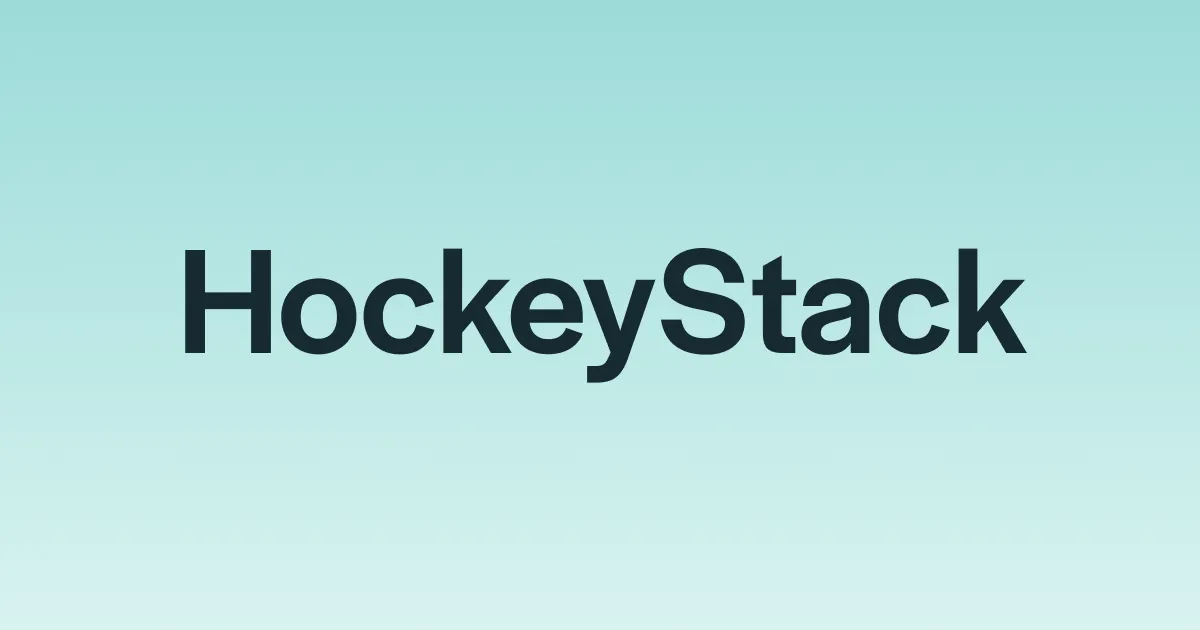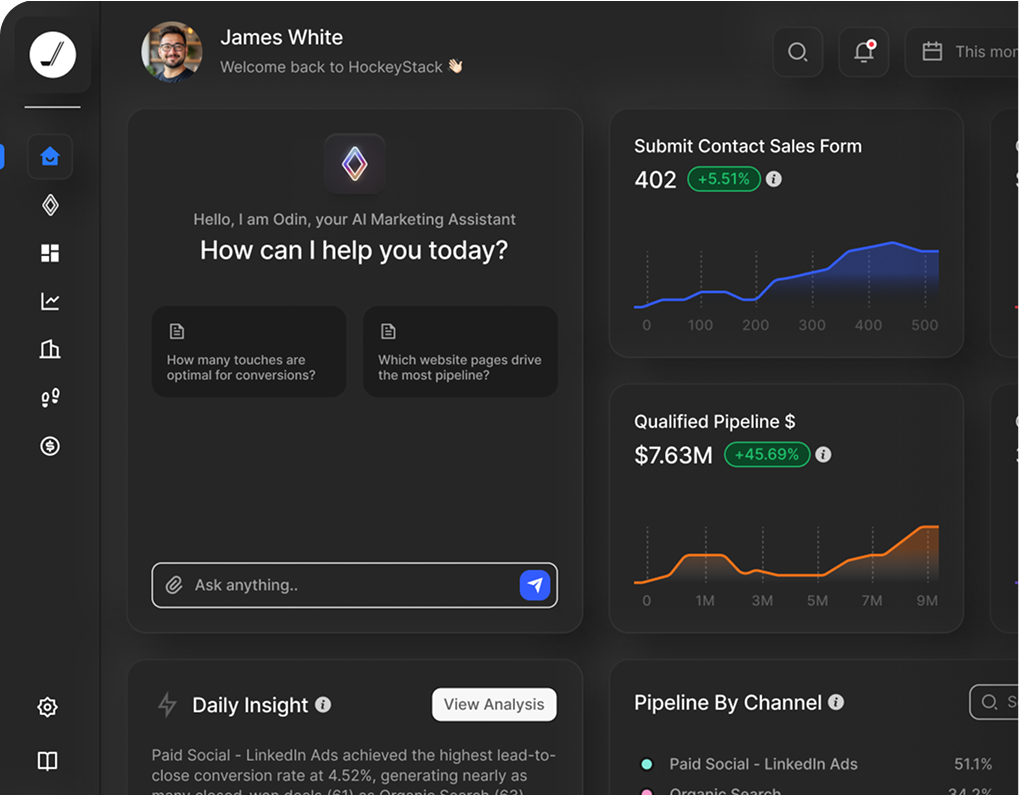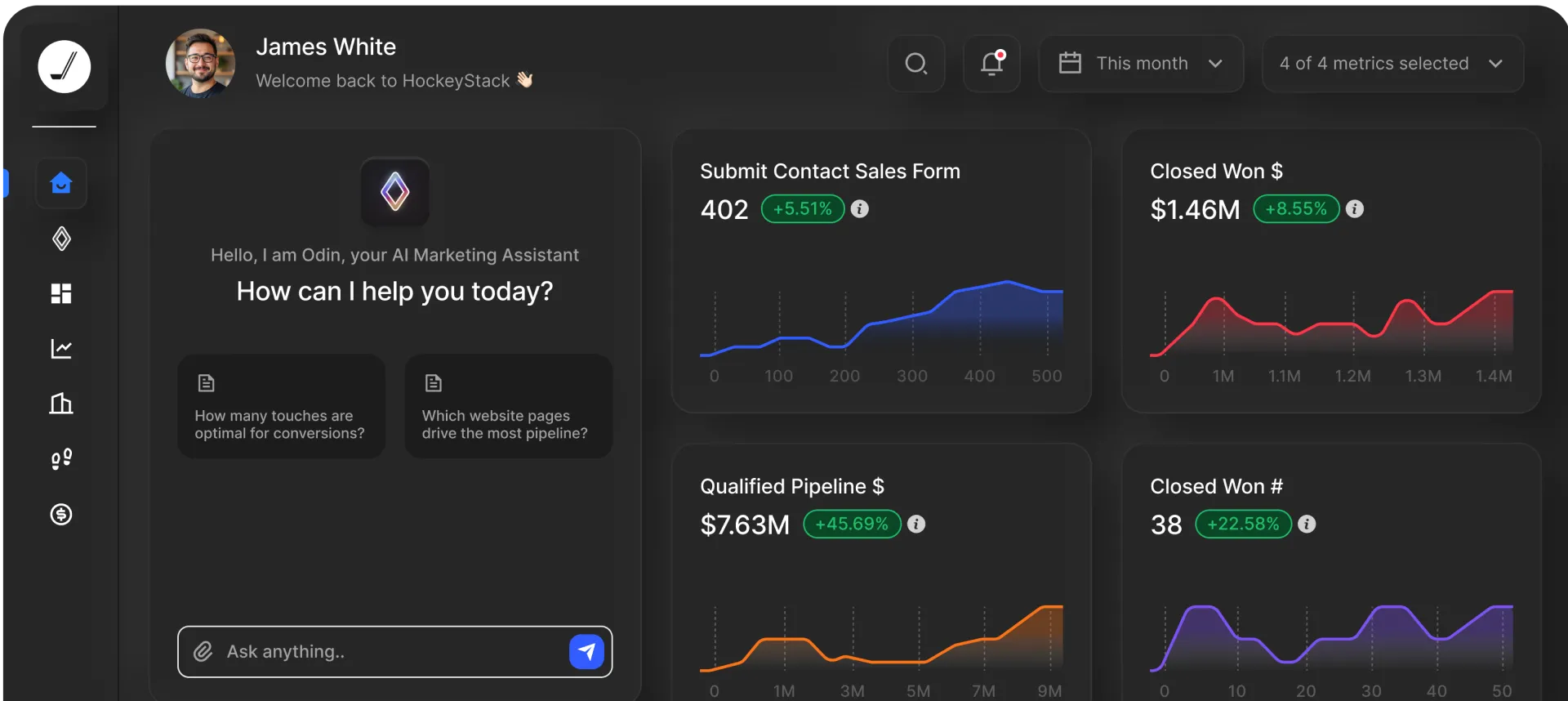Understanding Pipeline Velocity and Tips to Close Leads Faster

Understanding Pipeline Velocity and Tips to Close Leads Faster

SaaS organizations need to identify key metrics and track them to optimize their marketing and sales processes. You’re probably already familiar with metrics such as customer acquisition cost (CAC), customer lifetime value (CLV), and average revenue per user (ARPU).
Of late, SaaS businesses are increasingly tracking another metric: pipeline velocity. It’s a useful metric to understand how you can increase the bottom line: the number of clients you onboard and, in turn, revenue.

In this article, we’ll break down the fundamentals of pipeline velocity, but here’s a quick overview: your pipeline velocity indicates the amount of revenue flowing in through your sales channel everyday. To increase pipeline velocity, you’ll have to optimize a number of metrics. The smoother your clients find your sales funnel, the less likely you are to lose business to a competitor.
What is pipeline velocity?
SaaS businesses need to constantly optimize their sales pipeline to ensure it performs at its best. Pipeline velocity is essentially a measure of how fast leads travel through the sales pipeline. A high velocity means that leads face few or no hurdles in the onboarding process, which encourages them to convert faster. The more clients you onboard within a given time period, the more your revenue increases.
How is pipeline velocity measured?
The formula for calculating pipeline velocity is:

First, it’s important to understand the metrics used to measure pipeline velocity. Here, we have:
- qualified opportunities,
- win rate,
- deal size, and
- the length of your sales cycle.
Some prospective clients will have already shown interest in your SaaS product by interacting with your materials online or reaching out to you for a quote. These prospects are qualified leads.
The win rate refers to the percentage of deals you close. If you close 20 deals out of 50 in a given month, for instance, the win rate would be 40%.
The deal size is the average monetary value of your sales.
The length of your sales cycle is the number of days it takes your company to guide your client from their initial touchpoint through the sales funnel to the deal close.
Suppose you have 15 qualified opportunities with a win rate of 40%, deal size of $6000 on average, and the average length of your sales cycle is 25 days. In this case, your pipeline velocity would be:
(15 x 40% x $6000) / 25 days = $1440
This means that on an average day, your company has $1440 coming in through the sales pipeline.
Why is pipeline velocity important?
It’s imperative to understand where deals get stuck while moving through the pipeline, which, in turn, will help the sales team streamline their strategy to ensure a quicker overall sales process. The more time it takes for a lead to close a deal, the higher your chances are of losing their business to a competitor. You increase sales if you make the sales funnel a smooth experience for prospects.

In an increasingly competitive market, it’s not enough to simply have an excellent product. You need to reduce time to market and increase pipeline velocity to lower expenses and increase market share and revenue.
Pipeline velocity measurements also help you set realistic future goals and sales quotas. You’ll have a precise understanding of how much revenue your SaaS business is making in any day.
7 tips to increase pipeline velocity
Different businesses find different strategies to make their sales process smoother, but there are a few tried and tested ways that SaaS companies increase pipeline velocity. Here’s how you can achieve the most from your sales pipeline:
1. Attract high-quality leads
One of the primary goals of any marketing and sales team is to ensure that they’re targeting high-quality leads instead of expending time and effort only for prospects to drop off at the beginning or midway. Account-based marketing is a marketing and sales strategy that enables your team to identify high-value accounts.
With account-based marketing (now evolved to account-based experience), you can create an ideal customer profile (ICP) with ease, and target prospects that fit the general characteristics of this profile. Using highly personalized buying experiences means eliminating weak leads right from the very beginning of the pipeline.
2. Minimize frictions in conversion
Imagine you have five qualified leads, with a sales cycle of 25 days. Three of them close within that time but two face hurdles because of the bureaucracy involved in moving the deal from your sales development representative to an account manager to a technical manager.
Multiple discovery calls and repetitive evaluations discourage prospects from moving ahead through the pipeline. Ensure that your prospects don’t have to repeat their goals and pain points to different members of your team at different points in the funnel.
Onboarding clients doesn’t have to be the painstaking, exhausting ordeal that SaaS businesses have become used to. HockeyStack is a prime example of how conversion frictions are minimized:

3. Let your audience experience the product
Your audience wants you to show them how your service will make a difference in their day-to-day operations. Instead of just highlighting key points about your SaaS product, offer them interactive material and experiences.
Many SaaS companies offer prospects a trial version of their product so the lead can test it out for themselves. Live demos on your website are also a great way to allow prospects to visualize your products’ aspects without them having to reach out to you beforehand, thereby reducing effort on their part and streamlining the sales process.
4. Speak to your customer in their language
Even if your product solves a prospect’s problems perfectly, it’s highly likely that they won’t recognize it until you explain it to them in a way they understand. Minimizing jargon from your content and making it easy for leads to see how your service helps them will pave the way to them closing faster. You need to fully recognize the prospect’s specific pain points and personalize communication in order to cater to their intent.
5. Minimize data silos for smoother collaboration
Data silos are the enemy of your company’s pipeline velocity. If different departments have access to different sets of data, it increases the chances of informational inaccuracies. It’s especially important that your sales, marketing, and product development teams have access to the same data to ensure smoother collaboration between them. This data sharing means that your teams will have a holistic understanding of each lead’s pain points and intent.
An easy way of eliminating data silos is using a client repository that incorporates dashboards into its design and standardizes information across teams. Removing data silos also makes it easier for your company to enact an account-based marketing strategy.
6. Leverage retargeting
Retargeting ads are used to draw in leads who have already interacted with your materials online or are contacts in your customer or lead repository. These ads allow you to make your marketing and sales messaging highly personal, thereby ensuring that your prospects understand how your SaaS product helps their company or offers solutions to their pain points. It’s an effective way to showcase your product even after the lead has left your website and increase curiosity about your SaaS offering.
7. Track everything
You can’t optimize what you don’t track. SaaS companies need to track metrics such as return on ad spend and monthly expansion revenue. In addition, it’s imperative to have deep insight into how many touchpoints are required on average to make a sale.
SaaS marketing analytics quickly become complicated if your marketing and sales teams use different softwares to track metrics pertaining to them. Utilize an analytics platform that tracks all the metrics your teams require for easy reporting that you can use to strategize for the future.

Tracking these metrics helps you increase pipeline velocity because you’ll be able to see what works for you. If you’re spending more on ad sales on a channel where there aren’t enough returns, you can reroute the expense and effort to a more advantageous channel. You can see which materials attract businesses that fit your ICP so you can produce more content that provides them value.
Optimize your sales pipeline with HockeyStack
Analytics and attribution software enables you to eliminate data silos, track relevant metrics, and ultimately increase conversions. HockeyStack’s easy-to-use dashboards standardize data across departments, thereby ensuring that there are no inaccuracies in the information your teams are working with. It also automatically pulls data from other software your company is using--such as your payment processor and CRM--and eliminates inconsistencies.

You’ll also be able to see client interactions using HockeyStack. If you’re offering customer service on multiple platforms and a prospect uses two or more different avenues to contact you, you’ll be able to see which channels and touchpoints elicited these interactions on a single dashboard.
This means that prospects won’t have to repeat their pain points to multiple representatives. A sales rep will instantly be able to help them out with full insight.

You’ll have access to graphs that show you where prospects drop off, and draw insights about which processes in your pipeline discourage them from moving further. This information can help you eliminate imminent hurdles and make the pipeline smoother.
HockeyStack also helps you keep track of all client touchpoints. You can see which marketing materials your prospects are responding to, and therefore personalize your communications with them according to their intent.

To find out more about how HockeyStack can help your SaaS company increase pipeline velocity and acquire more customers, check out our live demo.
FAQs:
What does pipeline velocity tell you?
Pipeline velocity tells you how fast your deals go through the sales pipeline. It’s a measure of your sales pipeline’s overall performance. The smoother your conversion process is, the greater your pipeline velocity will be, and the more prospects you’ll have who convert into clients.
How do you calculate pipeline velocity?
To calculate pipeline velocity, you first have to track the following metrics: qualified opportunities, win rate, average deal size, and the length of your sales cycle on average. Pipeline velocity can then be measured by multiplying the number of qualified opportunities with the win rate and the deal size, and then dividing this by the length of your sales cycle.
Guide To Customer Acquisition Funnel
Learn the stages of the customer acquisition funnel and the metrics you can use to properly measure user acquisition in SaaS.

More Blog Posts

Ready to see HockeyStack in action?
HockeyStack turns all of your online and offline GTM data into visual buyer journeys and dashboards, AI-powered recommendations, and the industry’s best-performing account and lead scoring.

Ready to See HockeyStack in Action?
HockeyStack turns all of your online and offline GTM data into visual buyer journeys and dashboards, AI-powered recommendations, and the industry’s best-performing account and lead scoring.



